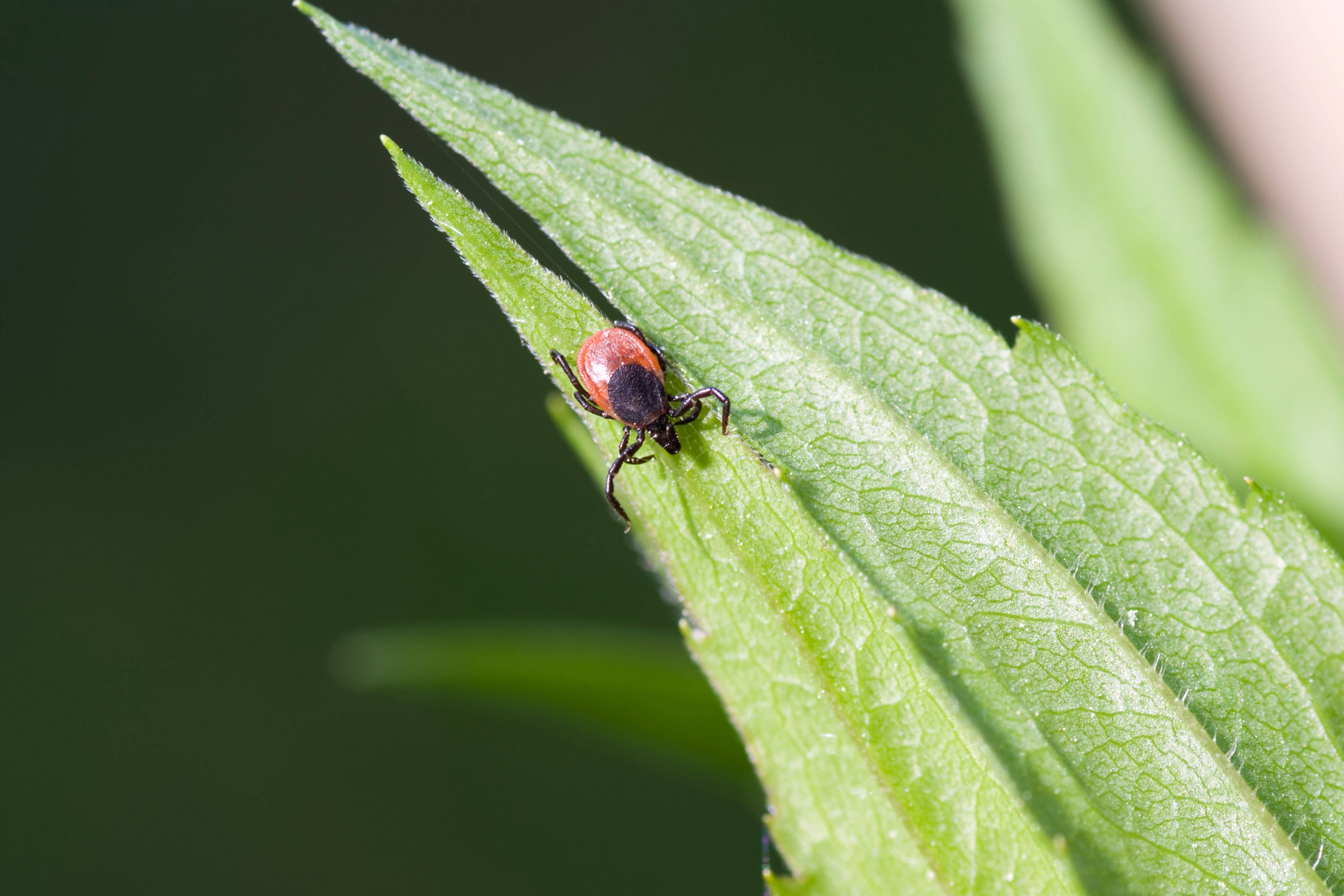How to protect yourself from the new rare tick-borne disease
Tick-borne encephalitis virus has arrived in the UK. Lisa Salmon finds out more.

A virus carried by ticks has been found in the UK, and health experts are warning that people need to protect themselves from being bitten.
The UK Health Security Agency (UKHSA) says the species of tick which carry tick-borne encephalitis virus (TBEV) is widespread in the UK.
They stress that although the risk to the public is low, it’s important for people to protect themselves against being bitten by the tiny bugs, which can also transmit the much more common Lyme disease.
“The risk of tick borne encephalitis virus in England is very low, but as ticks can carry other infections, it is as important as ever to be ‘tick aware’,” says Dr Claire Gordon from the UKHSA. “Take steps to reduce your chances of being bitten when outdoors in areas where ticks thrive, such as moorlands and woodlands, and remember to check for ticks and remove them promptly.”
The UKHSA says there have been three cases of probable TBEV cases in England since 2019, but only one (in Yorkshire last year) has been confirmed.
The virus has also been detected previously in the Hampshire and Dorset, and Norfolk and Suffolk border areas, but “may also be present elsewhere”.
The virus causes a range of disease, ranging from completely asymptomatic infection, to mild flu-like illness, to severe infection in the central nervous system such as meningitis or encephalitis. Symptoms of this are similar to other causes of meningitis, and can include a high fever with headache, neck stiffness, confusion or reduced consciousness.
Tick-borne disease expert Dr Bethan Purse, from the UK Centre for Ecology and Hydrology (UKCEH), is principal investigator of the TickSolve project, which is looking at whether climate change and woodland expansion are likely to increase tick-borne infections like TBEV and Lyme disease.
She says: “Risks from tick-borne diseases are rising across Europe, due to increases in woodland cover and deer numbers, as well as climate change.”
She says the disease has been increasing in eastern Europe since the early 2000s, and has spread westwards, and it’s thought birds may have brought it to the UK.
The virus is being managed in Europe through vaccination, but Purse says that although such vaccines are available in the UK, they’re not necessary as the most important way for people to protect themselves is to avoid getting bitten by ticks.
Here’s what to do…
Keep skin covered when out walking
If you’re walking in areas ticks might be lurking, like woodland, long grass and scrubland, wear long trousers and long-sleeved tops to keep your skin covered, Purse advises.
“While walking in green spaces, consider wearing clothing that covers your skin to make it more difficult for ticks to access a suitable place to bite,” she says. You may even want to tuck your trousers into your socks to be extra safe.
Wear light-coloured clothes
Purse says it’s a good idea to wear light-coloured clothing, particularly light trousers and socks, so ticks can be spotted more easily and brushed off.
Stick to paths
As ticks live in woodland and undergrowth, it’s sensible to stick to clearly-marked paths when you’re walking if possible.
Be mindful of where you could be bitten
Adults are more likely to be bitten on the legs and ankles, and children, because they’re smaller, may be bitten as high up as the neck and hairline. “Ticks sit and wait on vegetation for hosts to go past, so any part of you that’s in contact with vegetation may come in contact with a tick,” says Purse.
“If a child walks through long grass, a lot of their body could be susceptible to ticks, so it’s good to check children round the hairline and any bits of their arms and legs that have been exposed.”
Splash on insect repellent
Make sure you cover yourself in insect repellent before going for a country walk, advises Purse. She says the repellent needs to contain DEET, which is in most repellent products.
Check your clothes and body for ticks
“You can have situations where you find a tick on you two or three days after you’ve visited a tick-infested area, so they can be latched on for a while,” says Purse. “And the longer they’re on, the higher the likelihood of them transmitting infections. So it’s really important if you’ve gone on a walk somewhere that may be a tick habitat to check yourself and your family as soon as you get back.”
Check dogs too
Dogs can bring ticks into the house, and Purse says: “Lots of people will notice ticks on their dogs before they notice them on themselves.” She says it’s quite unlikely that a tick will fall off a dog in the home and then bite a human as well, as there tends to be long intervals between ticks’ blood meals.
However, she points out: “Dogs can be a good indicator as to whether you’re likely to pick up ticks in particular habitats.”
If you do get bitten…
Remove any attached tick as soon as you find it using a tick-removal tool or fine-tipped tweezers, says Purse, who recommends seeking medical advice if you think you’ve been bitten and feel unwell.
Bookmark popover
Removed from bookmarks